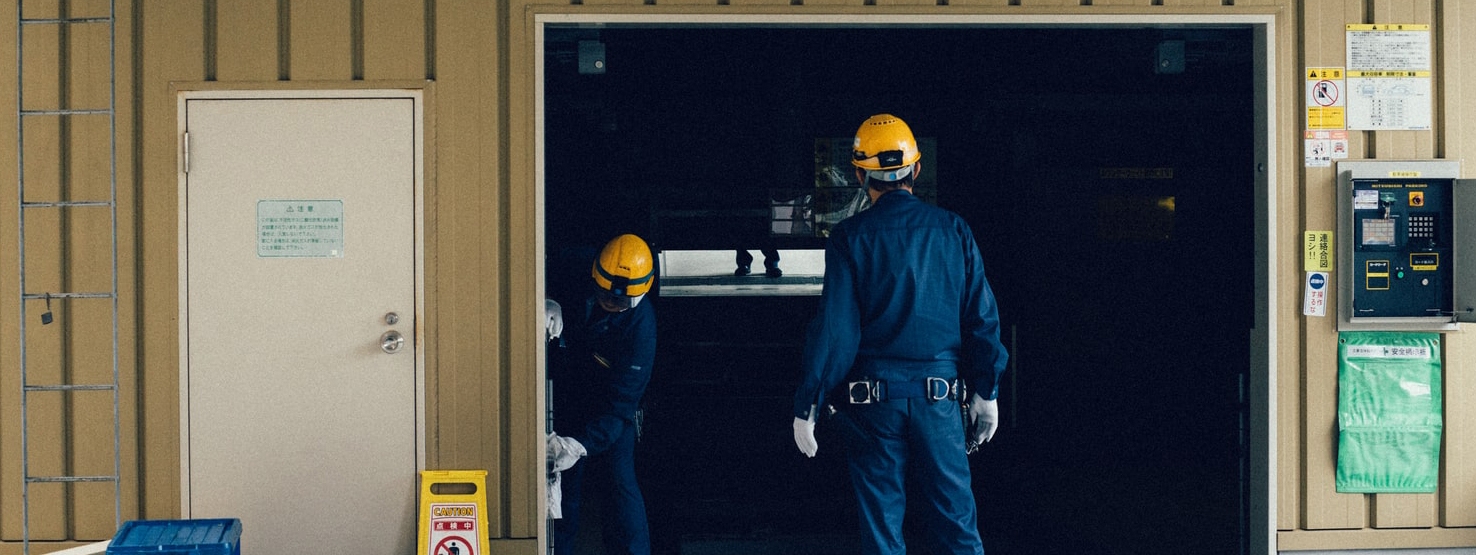This article was orginally published by BRINK on October 22, 2019
Workers’ compensation is the largest premium segment in the U.S. commercial insurance market. Workers’ compensation, mandated by law in 49 U.S. states to provide employer reimbursements for injuries occurring in the course of employment, represents one of the largest nondiscretionary expenses for labor-centric firms.
Yet these premiums are dwarfed by the overall cost of occupational injuries and illnesses, estimated at $250 billion in 2012 by a UC Davis researcher. This figure far exceeds the direct and indirect costs of cancer, diabetes or strokes.
Costs Still Very High
While some progress has been made in addressing expenses, the costs of administering the system are stubbornly high. Take California as an example, where it costs the system $0.54 to deliver $1 worth of benefits. In Medicare, the overhead costs to deliver the same benefits are $0.02.
Operating in a data-poor environment, the insurance industry is using long-established rating and risk guidelines, with retroactive and backward-looking underwriting policies based on loss histories.
Investments in technology and operational efficiency improvements have largely focused on treatment and back-to-work programs after an injury has occurred. The industry has been stymied in its desire to prevent worker injuries by a lack of data and technology that would enable preemptive action.
Clearer Picture of Risks Emerging
A number of factors are now converging that will enable the insurance industry to reduce risk and transfer it more effectively. These factors will enable insurers to lessen earnings volatility and build deeper and more meaningful relationships with customers. Businesses will have a clearer picture of risks facing workers and the tools and capabilities to proactively take mitigating actions.
Several developments are driving these changes, which will impact how workers’ compensation is bought, sold and delivered.
Improved Ability to Collect and Analyze Data Surrounding Workers
Our ability to capture data surrounding workers is being transformed by an ever-increasing number of connected devices. From wearables that track employee motions, warn of unsafe conditions and trigger behavioral change, to sensors embedded in machines and buildings, to emerging “smart clothes” and visual intelligence tools that use video, a worker’s environment will soon be awash with data. Using analytics driven by artificial intelligence, these data sources will create a deep and dynamic view of risk that can be used to improve worker health and safety.
The market for workplace wearable technology is undergoing rapid growth, and startups are targeting high-loss areas, such as the more than 30% of injuries that are due to musculoskeletal disorders.
Witness South Carolina-based Modjoul and New York-based StrongArm Technologies, which are going after this market with small devices masquerading as a belt or worn on a strap around the lower chest. These devices can detect workers’ motions and provide instantaneous haptic feedback in case the worker’s actions are detrimental to their health, representing a step-change in the cost and speed of communications.
High-speed wireless networks are altering how we interact with rich data streams to create risk insight. According to the GSM Association, growth of 4G will continue at an impressive rate over the next five years, and half of the total U.S. connections will be high-speed 5G by 2025.
As bandwidth becomes ubiquitous and the cost of connectivity approaches zero, we will have unprecedented opportunities to collect and make sense of data that surround workers. Wearables and other sensors in the workplace will make up a significant portion of the 25 billion IoT connections forecast to be available by the middle of the next decade.
The effective digitization of an employee’s workday can positively impact all parts of the insurance value chain.
New Ways to Interact and Collaborate
The data deluge will arm brokers, carriers and health care providers with enhanced relevance, as data on worker risk can be used with increasing precision to create safer working environments.
Collaboration technologies employed in other industries will play an important role to disseminate insight, deploy training and monitor safe working practices among all stakeholders. We are seeing early signs of this with some startups using electronic messaging and gamification, based on actual worker data, to create safety incentives and friendly competition that enforce a company’s safety culture.
The effective digitization of an employee’s workday, where a combination of individual’s geolocation, movements, environment and other attributes are known, can positively impact all parts of the insurance value chain, from underwriting, policy servicing and consulting to claims. The extent and timing of resulting efficiencies and cost savings will depend on carriers’ adoption and ability to reengineer and automate processes.
Data security and privacy will be at the forefront with companies in the future holding a vast amount of sensitive data on workers.
New Insurance Policy Models
Traditionally, workers’ compensation insurance premiums are determined based on historical loss data. Emerging data sources will provide much deeper insight into predictors of risk and enable companies to proactively reduce risks with pinpoint accuracy.
The result will be better alignment of risk and price, rewarding companies that leverage these technologies to sustain and improve safety culture. We expect policies that provide premium credits to emerge first, similar to personal auto, where telematics-based information on driving behavior is most developed.
We expect that companies from outside the insurance industry will complement existing players. For instance, we can envision technology companies becoming key to distribution by selling connectivity, sensor and data solutions that promote enhanced health and safety. The increased transparency brought about by improved data and insight may also contribute to industry consolidation, as the current advantages enjoyed by niche providers with deep sector knowledge is diminished.
A Market Ready for Transformation
Moving toward a data-rich future is not without peril. A proliferation of vendors and standards, a vast number of new data sources, new artificial intelligence techniques and connectivity options begin to describe the technical complexities.
Add to this data privacy and security and new business processes and ways of working. Further, changes will impact the ecosystem of digital partners and entail a different approach and cadence of working together. To reduce complexity, new platform-based solutions are needed.
As an example, one startup, AltumAi, is addressing these challenges with a platform that brings it all together. AltumAi’s platform, FutureWork, is technology-agnostic and uses existing and new data sources without reliance on specific products. FutureWork includes a worker telematics app that makes any smartphone a wearable, with the phone acting as a tool for engagement, collaboration and communication. This enables quick and cost-effective deployment and scaling with direct tie-ins to insurance outcomes.
Be Prepared for Unintended Consequences
Much like Uber and Airbnb were unintended consequences of the technology revolution brought about by digital technologies and smartphones, it is likely that the combination of new data sources, artificial intelligence, communications and collaboration technologies will have a profound impact on workers’ compensation.
While it is still early days, the technical underpinnings to enable change are already in place. Insured customers may become the primary instigators for change once they are exposed to the direct and indirect benefits of improved health and safety. Incumbents would do well by piloting, learning and adapting ahead of a change that promises to upend the status quo.


